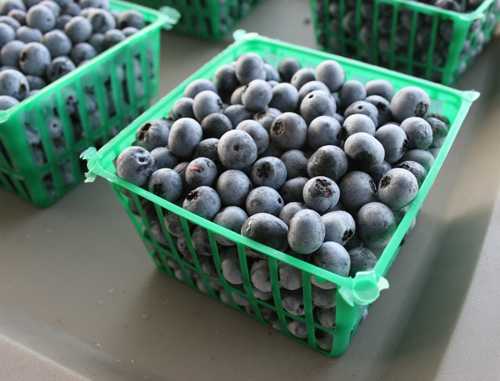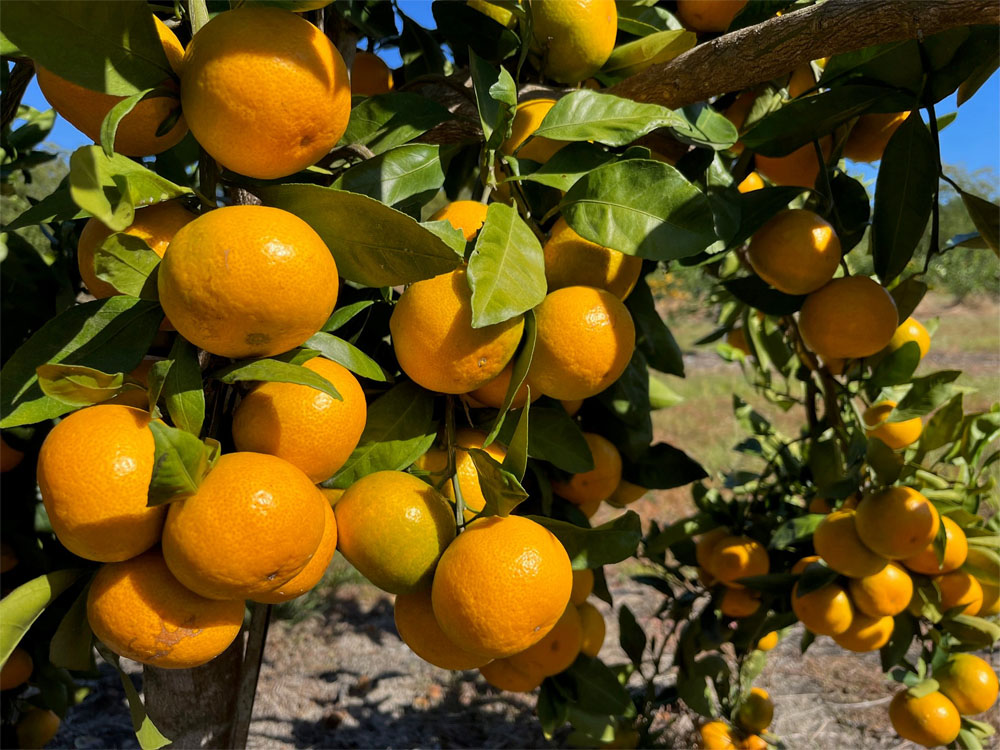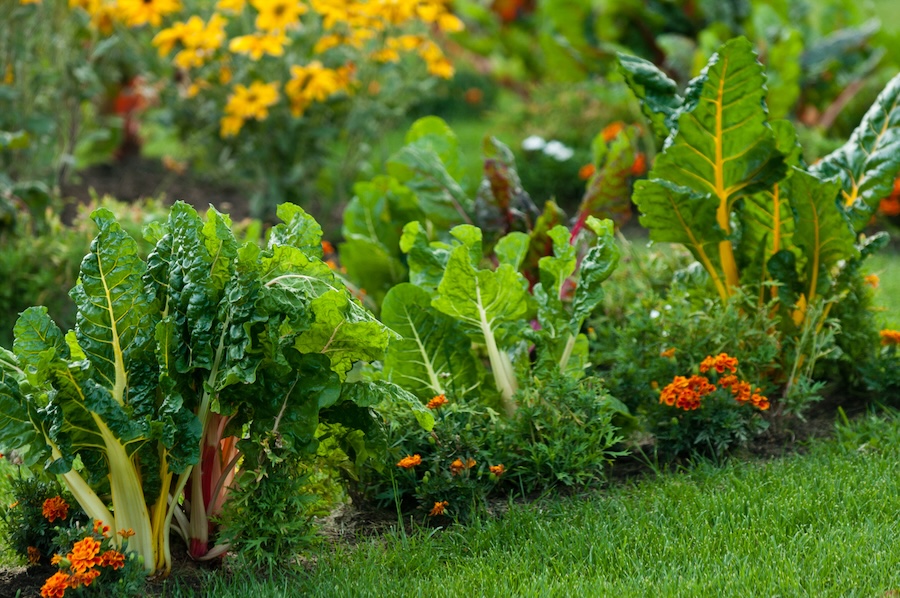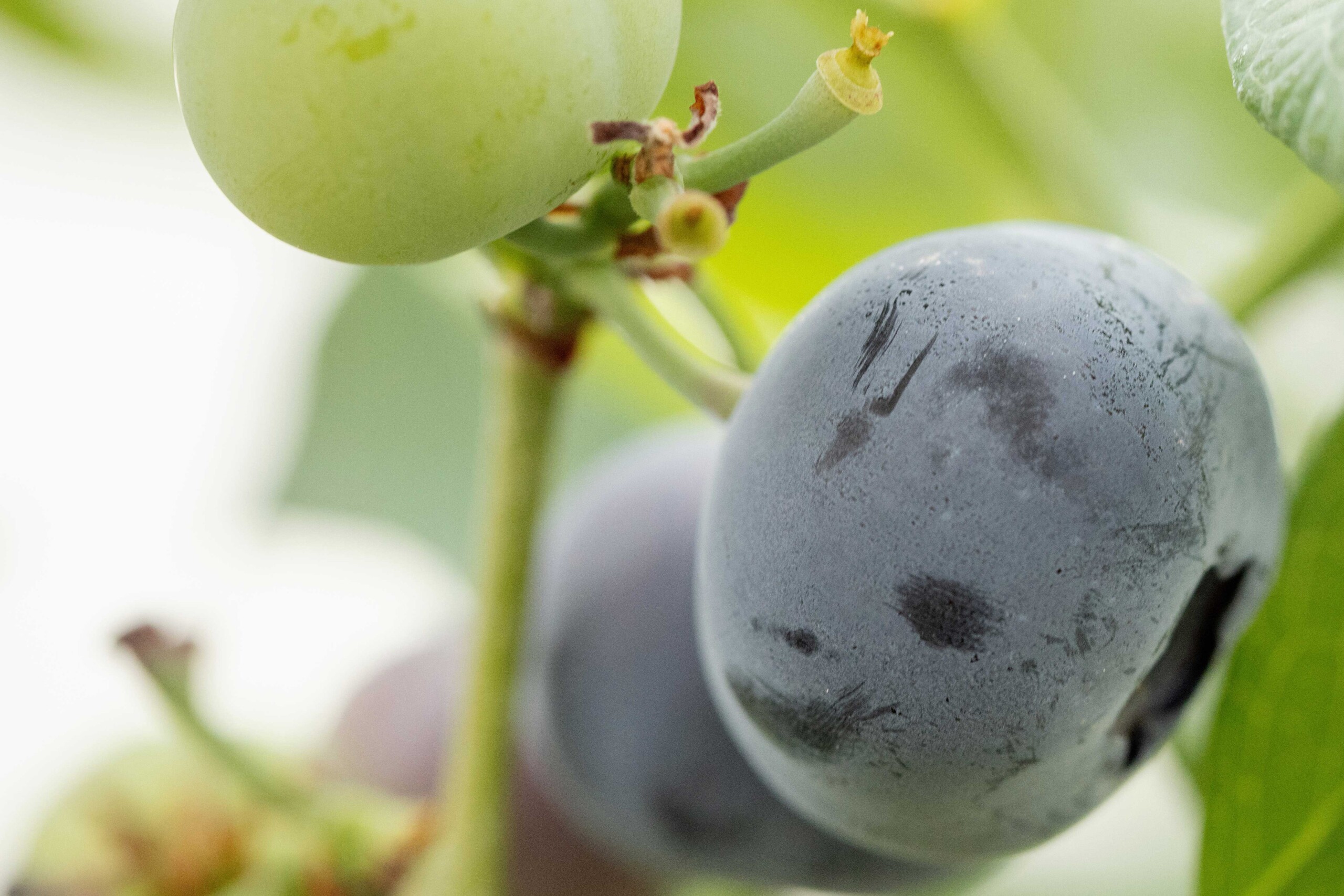It’s blueberry time in Georgia, and farmers expect a good season, says a University of Georgia blueberry expert.
“We started picking (Southern) highbush berries the last of April, and the crop looks good this year,” said Danny Stanaland, the UGA Cooperative Extension agent in Bacon County, Ga., which is in the heart of Georgia blueberry country.
Most are rabbiteyes
About 60 percent of blueberries in Georgia are the rabbiteye variety. The remaining 40 percent are Southern highbush variety. Farmers will begin harvesting rabbiteye berries later this month. Harvest for both varieties runs through July.
Georgia didn’t get late-spring frosts this year. This caused the bushes to produce more fruit, which isn’t always a good thing, Stanaland said.
“Growers had a little trouble with the bushes over-fruiting because of a cold early winter followed by a warm spell,” he said. “The little frosts and freezes we usually have thin the fruit. When this doesn’t happen, the bush makes more berries, and the berries are a little smaller than they would have been if the plant had thinned.”
Need more rain
Overall, though, the crop looks “really good,” he said.
Weather is a hot topic right now for all farmers. Stanaland says the weather is “cooperating, but we haven’t had much rain, and we need some.”
Steve Mullis of Alma tends 400 acres of his own blueberries and is the president of the Georgia Blueberry Growers Association. He has been involved in the industry since its infancy in the early 1970s when, as a teenager in FFA, he helped plant the state’s first crop.
“It’s an emerging crop across the U.S., not just in Georgia,” Mullis said. “We started in Georgia with a handful of growers, and now we have around 325 growers who sell to the fresh and frozen market.”
No. 4 for now
Grown in a few southeast counties, Georgia-grown blueberries are sold in the U.S. and exported to other countries.
If Mother Nature doesn’t send a “weather tragedy,” Mullis anticipates the blueberry crop will be larger this season than last. “We should have a record crop,” he said. “But there are a lot of variables between now and the end of the season. The crop is going okay. We’re just a little short on labor.”
Georgia farmers grow around 25,000 acres of blueberries. This puts Georgia in fourth place production-wise behind Michigan, New Jersey and North Carolina. “We’re No. 4 now, but we are slowly moving up,” Stanaland said.
A healthy want
Stanaland feels the economy has taken a turn and consumers are spending more on items they want instead of need.
“With a commodity like blueberries, you don’t have to have them, but they are sure good,” he said. “And if you eat a few every day, they are very healthy for you.”
For home gardeners who want to add a blueberry bush or two to their landscapes, Mullis recommends rabbiteye varieties.
For more information on adding fruit trees or bushes to your landscape, contact your local UGA Extension office at 1-800-ASK-UGA1.





